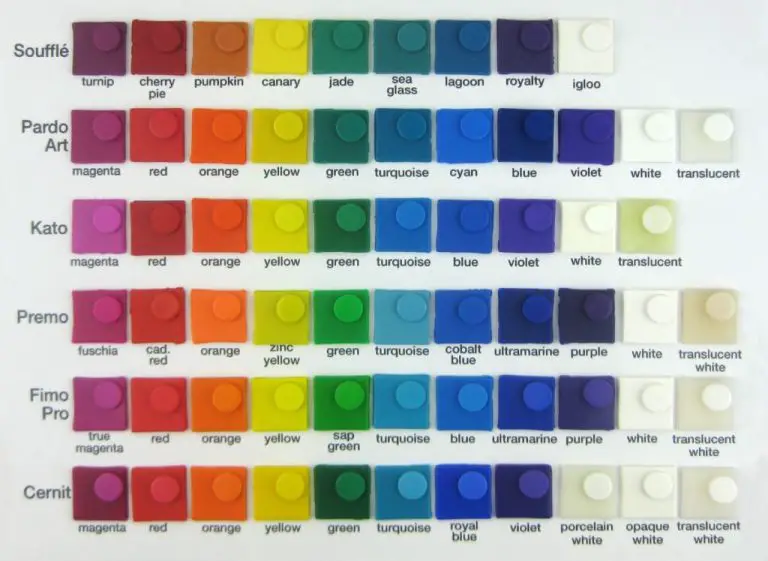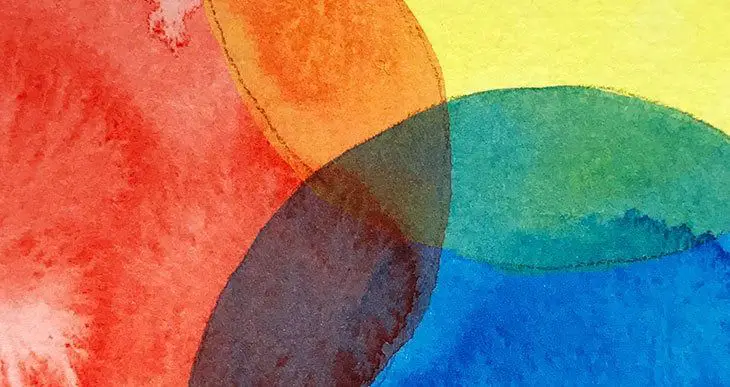How Do You Keep Air Dry Clay From Falling Apart?
Airdry clay, also known as modeling clay or self-hardening clay, is a popular medium for arts and crafts because of its accessibility and ease of use. Made from a mixture of clays, fillers and secondary binders, airdry clay allows creators to mold intricate details and shapes that harden at room temperature without the need for a kiln or baking. Unlike polymer clay, airdry clay retains some flexibility even when dry. However, it is also more fragile and prone to cracking or crumbling if not handled properly. The key to successfully working with airdry clay is understanding how to keep moisture in the clay as you work to prevent it from drying out prematurely, as well as reinforcing and finishing pieces so they remain sturdy once fully hardened.
Store Unused Clay Properly
One of the most important things when working with air dry clay is to seal up any unused clay properly. Air dry clay dries out quickly when exposed to air. If you leave unused clay out, it will dry out, harden, and be unusable.
To prevent this, always store unused clay in an airtight plastic container or plastic wrap. Squeeze out any excess air, then seal the container or wrap tightly. This creates an air-free environment and keeps the clay soft and workable for future use. Stored properly in an airtight container, air dry clay can last for months.
Only take out the amount of clay you will immediately use. Knead the clay briefly to restore its softness before use. Then promptly seal up the unused portion. Follow this practice every time to get the most out of your air dry clay and avoid waste from dried out, crumbling clay.
Use an Armature or Wire Frame
Using an internal support structure is crucial when working with fragile air dry clays. An armature made from wire, paper clips, pipe cleaners, or other materials acts as the skeleton or framework to give your sculpture stability and strength.
For figures or sculptures with slender limbs, thin appendages, or intricate parts, a wire frame will reinforce these delicate areas and prevent them from drooping, bending, or breaking off entirely. Aluminum wire is lightweight and easy to bend into shape. Sturdier wires can provide additional support for larger sculptures.
To create an armature, simply bend or twist the wire into the basic shape of your intended figure. Ensure the wire completely fills out all the proportions. Then begin applying clay over the frame, using it as a guide for the sculpture’s pose and dimensions. The thin wire will be concealed within the clay yet offer crucial internal bracing.
An armature is especially helpful for complex multi-part sculptures. Bend connecting wires wherever two pieces of the sculpture will meet, allowing you to attach the sections. The interior wires will act as an adhesive and create a strong bond between the parts. This allows you to build up your sculpture in stages and create intricate designs that clay alone could not support.
Allow Clay to Dry Thoroughly
One of the main reasons air dry clay can fall apart is that it was handled before being fully cured. Air dry clay requires time for the water to evaporate so it hardens properly. If you try to pick up or move a clay sculpture before it has dried all the way through, it can easily break or crumble.
To prevent this, allow your clay adequate drying time based on the thickness of the pieces. Thinner pieces may only take 24 hours while thicker parts can take 48-72 hours or more to fully harden. Let your clay air dry rather than trying to speed up the process. Avoid touching it at all until you are confident all areas have cured. Test thicker areas by pressing gently to ensure they are rigid before handling.
Rushing the drying time is a common mistake when working with air dry clay. Be patient and let it harden thoroughly before touching or moving it. This will help keep your sculpture from falling apart.
Avoid Overworking the Clay
One of the most common mistakes when working with air dry clay is overworking the material. Repeatedly smoothing, flattening, and handling the clay can weaken its structural integrity. Each time you reshape or smooth a section, the clay loses moisture and its bonds become strained. Overworked clay is more likely to crack, crumble, and fall apart.
When shaping your clay sculpture or model, handle it gently and avoid reworking the same section repeatedly. Make changes cautiously, and stop handling areas once you are satisfied with the shape. Take care when joining clay pieces not to distort their shapes with excess pressure. Letting the clay rest between working sessions will allow moisture to recover and bonds to strengthen.
Working the clay as little as possible preserves its stability. If needed, use tools like sculpting knives and wire loop tools to refine details with minimal handling. Additionally, choosing a stronger clay formulated for sculpting can help prevent overworking weaknesses. With care and practice, you can minimize unnecessary handling and achieve better results.
Use a Clay Hardener
Applying a clay hardener is an effective way to strengthen fragile air dry clay pieces. Clay hardeners work by sealing in moisture and preventing cracks as the clay dries. They create a protective barrier that makes clay much more durable and resilient.
To use a clay hardener, first allow your clay sculpture to dry completely. Then, apply a thin, even coat of clay hardener over the entire surface using a paintbrush. Let the hardener soak in for 10-15 minutes, then wipe away any excess. Allow the piece to dry fully. The hardener will help lock everything in place.
You can find clay hardeners at most craft stores. They often come in liquid form, but aerosol spray hardeners are also available for easier application on intricate shapes. Just be sure to apply in a well-ventilated area. Hardener tends to leave a glossy finish, but you can also find matt versions if you prefer.
Applying a hardener is a simple extra step that can make a huge difference in the durability and longevity of air dry clay projects. Even fragile pieces will be much tougher and able to withstand more handling and display when sealed with a hardener.
Apply a Finish
Applying a finish like varnish or sealant will help harden and protect your finished air dry clay piece. The porous nature of clay means it can absorb moisture and become brittle over time. Using an acrylic spray or brush-on varnish will create a protective barrier against moisture and help hold all the component parts together.
Look for a water-based acrylic varnish, sealer, or glaze formulated for ceramics and clay. Test on a small area first before applying it to the entire surface. Let it fully dry between coats. Two or three thin coats are better than one thick coat. The finish will help waterproof your clay and keep it from flaking or falling apart even with handling and use over time. With a good protective finish, an air dry clay piece can last for many years.
Use Stronger Clay for Structural Parts
One of the keys to keeping air dry clay models from falling apart is to use a stronger clay for the critical structural parts. Areas that will bear a lot of weight or be attached to heavier pieces may need reinforcement beyond just air dry clay. Consider using an epoxy or polymer clay to construct armatures, joints, or any sections that will see stress and strain.
Applying epoxy clay to high tension areas will harden to provide a much stronger base for connecting model parts. The epoxy can be molded and sculpted just like clay, but it cures rock solid. Polymer clay that bakes hard in the oven is another alternative for the vital interior pieces that require reinforcement and durability. Using these along with the air dry clay will prevent the most vulnerable sections from cracking or crumbling under pressure.
Work in Thin Layers
When working with air dry clay, aim to keep each section relatively thin, about 1/4 to 1/2 inch thick at most. Thick pieces of clay can end up cracking as they dry, because the center takes much longer to fully cure than the outside. Thin layers dry and harden evenly throughout.
If you need a thicker section, build it up gradually by applying multiple thin layers and letting each fully dry before adding the next. This allows the clay to cure fully layer by layer. Rushing the drying or making pieces too thick can lead to cracking and flaking when the clay dries at uneven rates.
Conclusion
By following the techniques outlined in this article, you can create sturdy sculptures with air dry clay that will last. Properly storing unused clay, using a wire frame for support, allowing sculptures to dry thoroughly, avoiding overhandling, applying a hardener, and working in thin layers will all help your clay art hold its shape without falling apart. Air dry clay has the benefit of being lightweight and easy to work with, making it accessible for beginners and professionals alike. Put these tips into practice and you’ll be sculpting durable clay masterpieces in no time.


